After a cold and snowy winter, all of Michigan celebrates the arrival of spring. Here in the lower peninsula of Michigan, springtime is one of the most beautiful times of the year. The Crocuses, Daffodils and Tulips are starting to peek up out of the earth, soon to show their brilliant colors. Along with routine spring cleaning, focus on the areas below to prevent pests from getting inside. Griffin Pest is committed to bringing our community prevention tips to keep pests away before they ever become a problem. For information on pests that are common in our area, look at our Pest Identification Library.
Pests Inside
- Kitchen – Prevent ants and cockroaches by cleaning your kitchen surfaces regularly, as well as appliances such as toasters and grills. Clean out your pantries, an unkempt pantry is like a buffet line. Clean your fridge, and cabinets by removing expired and unwanted items. Scrub your drawers with bleach or kitchen cleaner, and afterward, sweep and mop your floor. Even random crumbs can be enough to create the need for pest control.
- Bathroom – Moisture in your bathrooms can attract cockroaches and silverfish. Regularly wash shower curtains, dry bathroom surfaces, and clean out drawers and cabinets. Pests may enter through window sills, and drains. Check screens and any gaps around window sills. Pour bleach down drains as pests may come up your drains. Check pipes under the sink for any leaks, as water attracts pests.
- Basement – In your basement insects thrive in the dark, and out of sight. The dark allows them to avoid predators when they search for food, which is often at night. They hide in crevices, which is why they are less likely to be seen until it’s too late – especially in an unfinished basement.
- Declutter – Remove clutter inside your home, basement, garage and sheds. Storage spaces are ideal for spiders, cockroaches and rodents as they are often dark and filled with lots of clutter. These conditions are perfect for breeding and hiding.
Pests Outside
- Home Exterior – Look for cracks and holes in the foundation or openings around windows. Ant problems can usually be traced to tiny fissures around windows. Remember, insects must enter your home before they can pose a real pest control problem. Ants are especially diligent about locating new entry points. Seal any cracks you find and repair or replace screens in windows. By eliminating any openings in your home’s periphery, you’re taking the first step in pest control.
- Trash Cans – Trash cans are an area that commonly hold food and will act as a magnet for pests. The trash can is a common weak point in pest prevention and control. Store your cans away from the house if possible. Ensure your trash cans have a tight-fitting lid and are lined with trash bags.
- Firewood – Store firewood away from your home and off the ground, if possible. Piles of firewood are attractive to pests such as termites. A stack of firewood acts as both shelter and a food supply. To keep pulp-eating pests out of your home, move your firewood pile away from any buildings.
- Garden Maintenance – Try reducing pests from entering your home by placing plants away from your home’s structure. Many residential pests are fully capable of surviving in nature as well as inside your home. Maintaining a clear, plant-free zone around your home is an excellent habit for pest prevention and control.
- Remove Water Sources – Removing water sources will have a great reward in the reduction of mosquito breeding. People often ask how they can get rid of the mosquitoes that are in their yards, patio, or area around their homes. The ideal approach for controlling mosquitoes is to never let the population explode in the first place. You can do this by making your entire yard less attractive to mosquitoes.
- Be sure to eliminate (or treat) any of these breeding grounds in your yard.
- Lawn or yard ornaments with standing water features
- Buckets that accumulate rainwater or runoff
- Puddles
- Landscape ponds
- Bird baths
- Ruts that hold standing water
- Clogged gutters and downspouts
- Plant bowls saucers
- Other items that can collect rainwater or runoff – such as a wheelbarrow that is not turned upside down
Spring Pest Prevention and Control
If you have or suspect a pest problem or would like to know more about protecting your home and yards, call our team of experts at Griffin Pest Solutions. Our team is innovative, reliable, and ready to meet you and your property in whatever you might need. Above all, Griffin Pest Solutions has 90 years of experience. Call us today for your free quote!



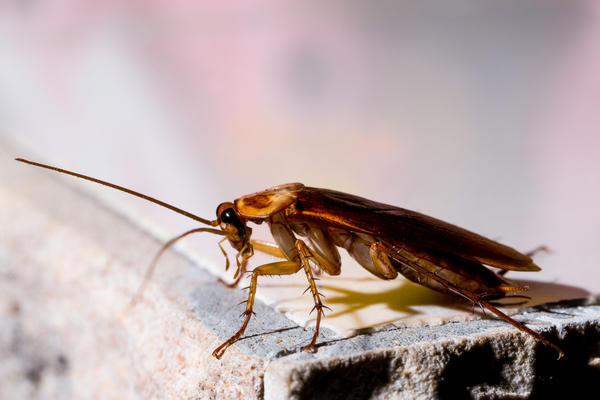
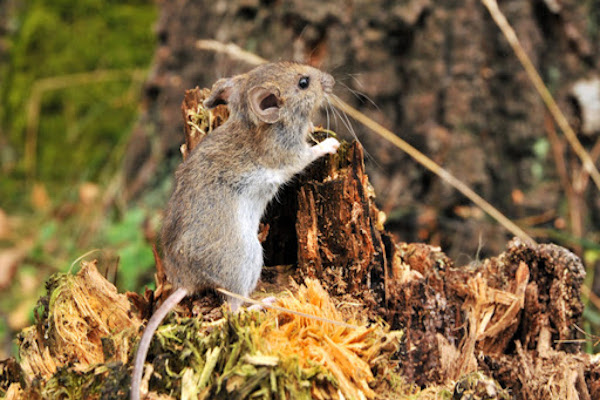

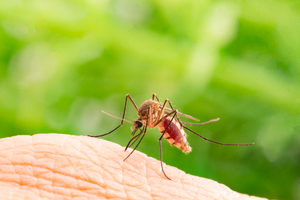 Mosquitoes
Mosquitoes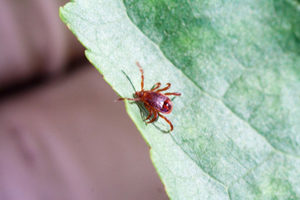 Several
Several 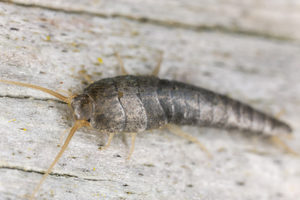 Unlike the other pests on this list,
Unlike the other pests on this list, 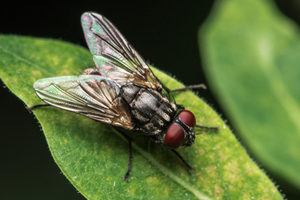 House flies become especially prevalent in summer because they begin reproducing in late spring. Mother house flies deposit up to 150 eggs on an appropriate food source, such as garbage. During the heat of summer, these eggs hatch very quickly–sometimes
House flies become especially prevalent in summer because they begin reproducing in late spring. Mother house flies deposit up to 150 eggs on an appropriate food source, such as garbage. During the heat of summer, these eggs hatch very quickly–sometimes 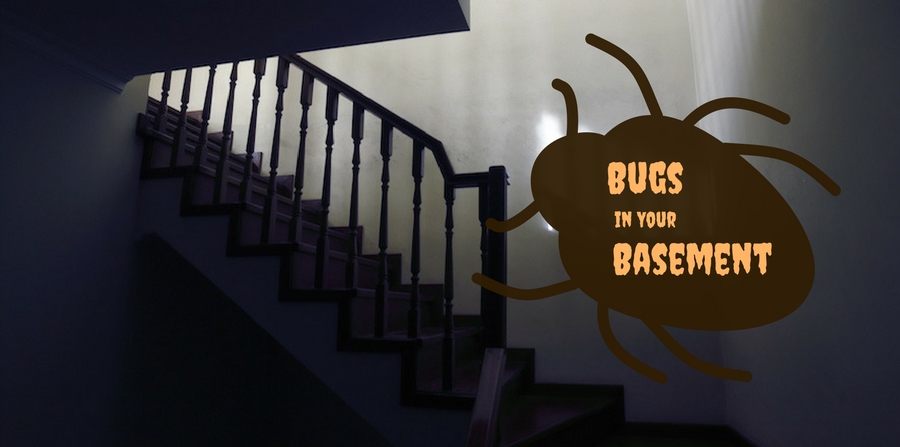
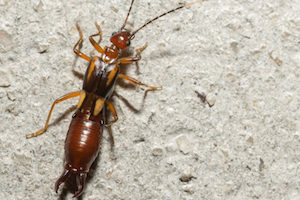 We’ll grant you:
We’ll grant you: 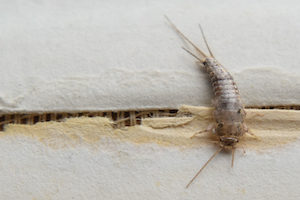 Silverfish are those tiny, silver-grey insects that really look more like shrimp than fish or bugs. Their long, thin bodies wiggle back and forth when they crawl, making it look like they’re swimming. “Silver” because of the color. “Fish” because of what they look like. Like earwigs, silverfish love moisture. They’re also attracted to warm and dark places where they can move around without being bothered. Silverfish are nocturnal, so chances are you’ll only see them at night.
Silverfish are those tiny, silver-grey insects that really look more like shrimp than fish or bugs. Their long, thin bodies wiggle back and forth when they crawl, making it look like they’re swimming. “Silver” because of the color. “Fish” because of what they look like. Like earwigs, silverfish love moisture. They’re also attracted to warm and dark places where they can move around without being bothered. Silverfish are nocturnal, so chances are you’ll only see them at night.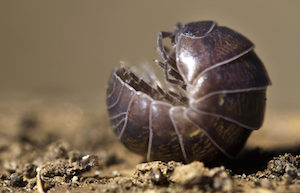 Pillbugs are very small, black bugs that are about as wide as they are long. Their backs are made up of seven overlapping, segmented plates that look hard and shiny, like a beetle’s shell. Pillbugs roll into a ball to protect themselves when threatened. These “bugs” (they’re
Pillbugs are very small, black bugs that are about as wide as they are long. Their backs are made up of seven overlapping, segmented plates that look hard and shiny, like a beetle’s shell. Pillbugs roll into a ball to protect themselves when threatened. These “bugs” (they’re 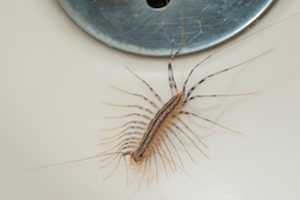 If basement pests are monsters, then you probably think of this guy as the “big bad”. House centipedes are inch long, tan-yellow bugs with very long longs. Those legs enable the bug to move
If basement pests are monsters, then you probably think of this guy as the “big bad”. House centipedes are inch long, tan-yellow bugs with very long longs. Those legs enable the bug to move